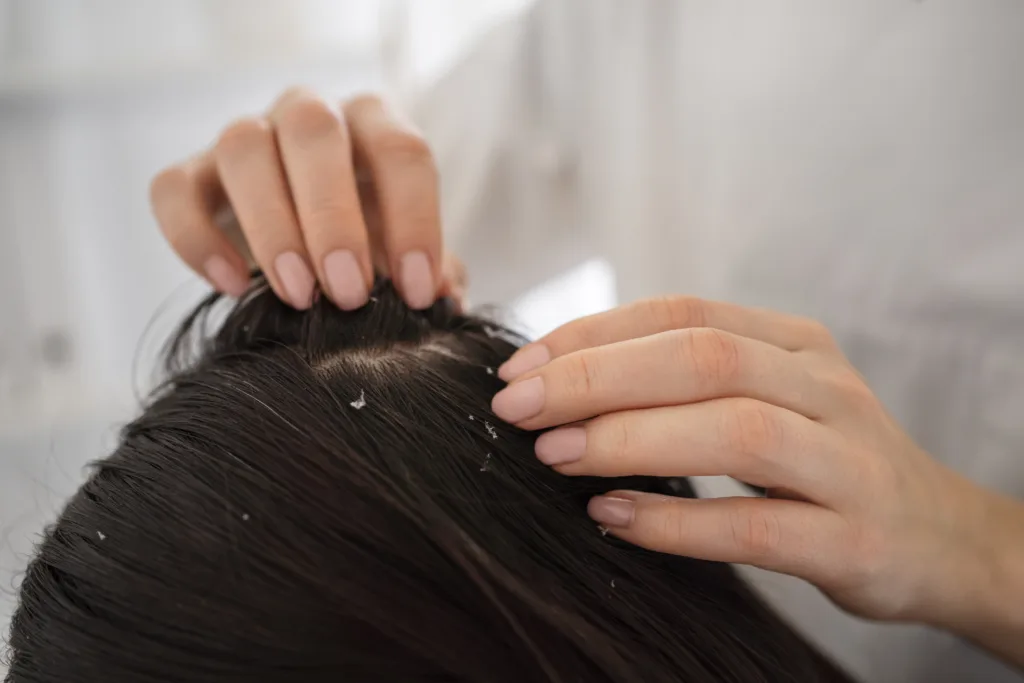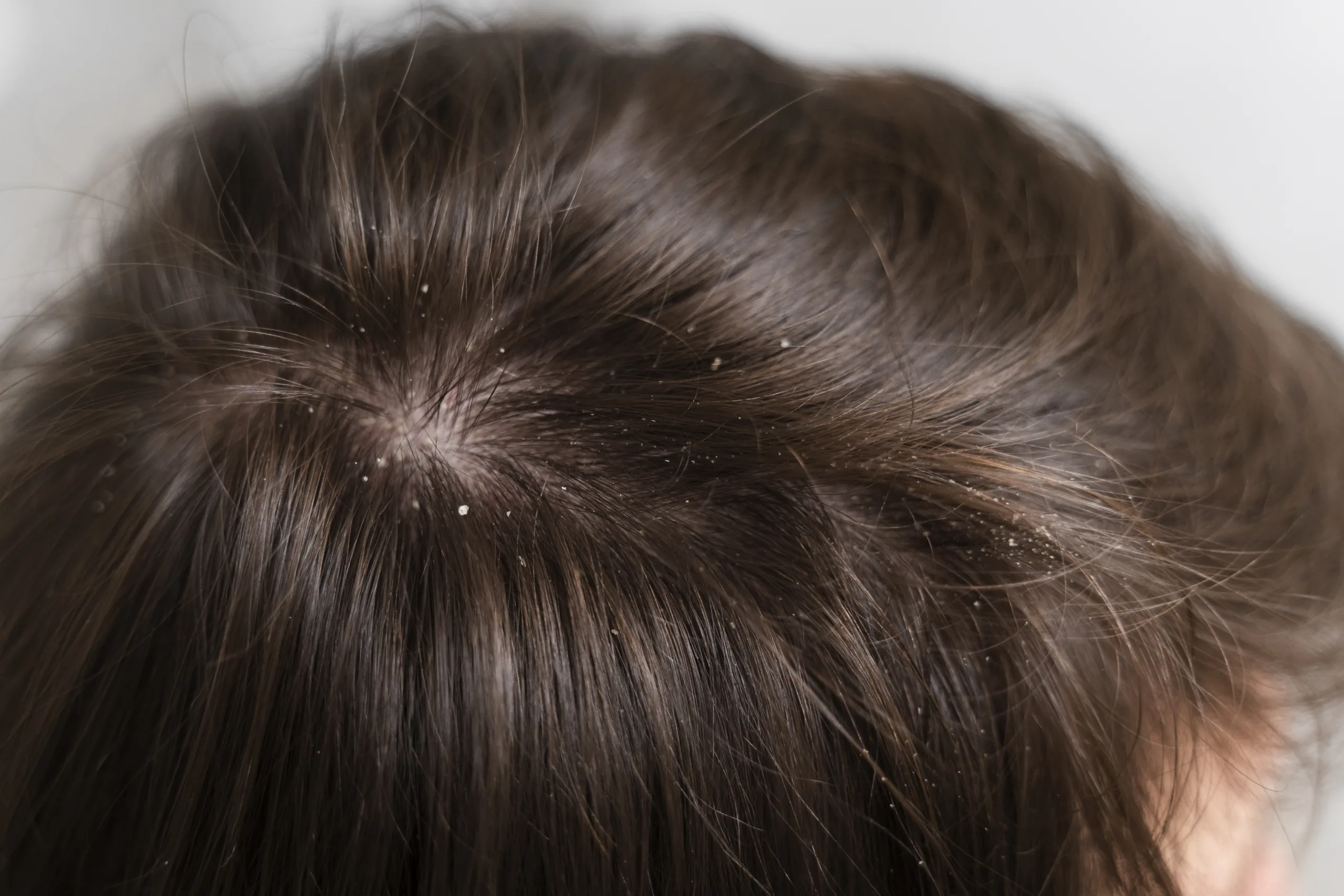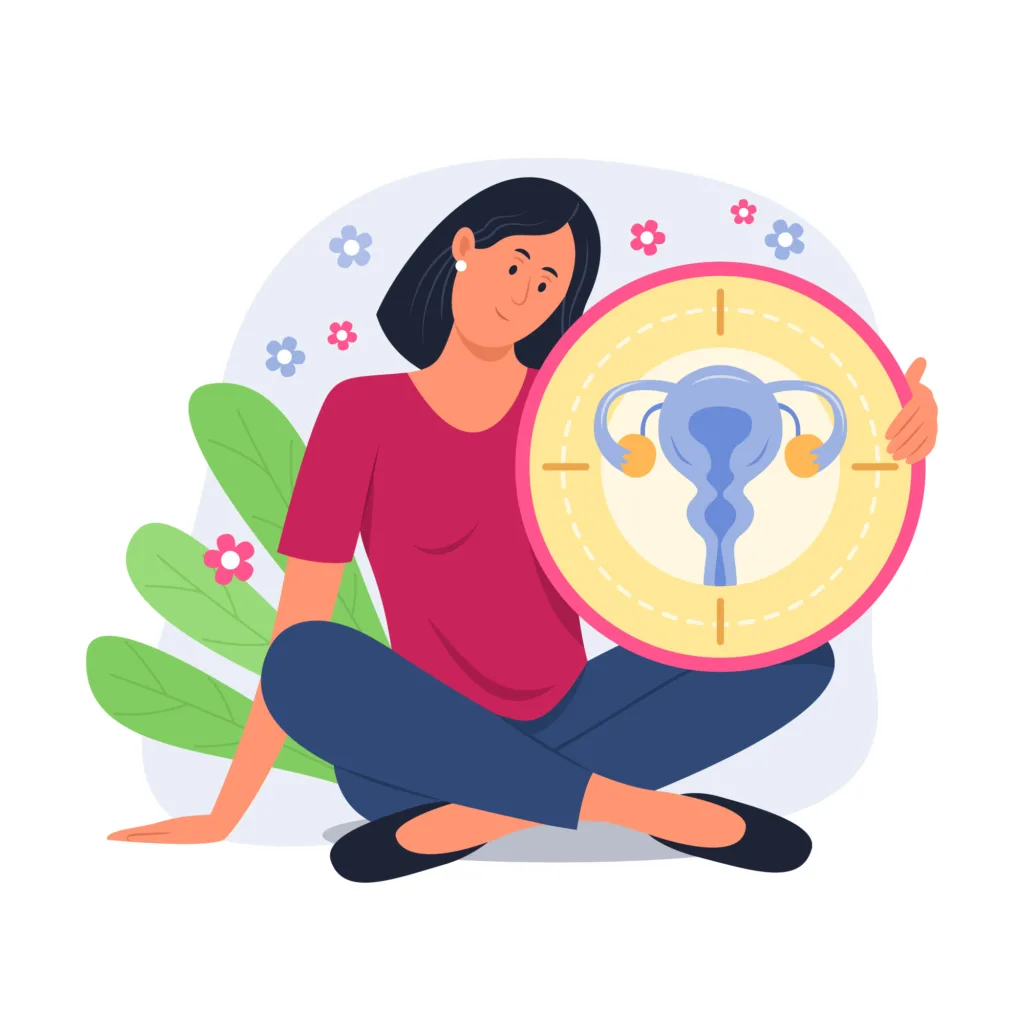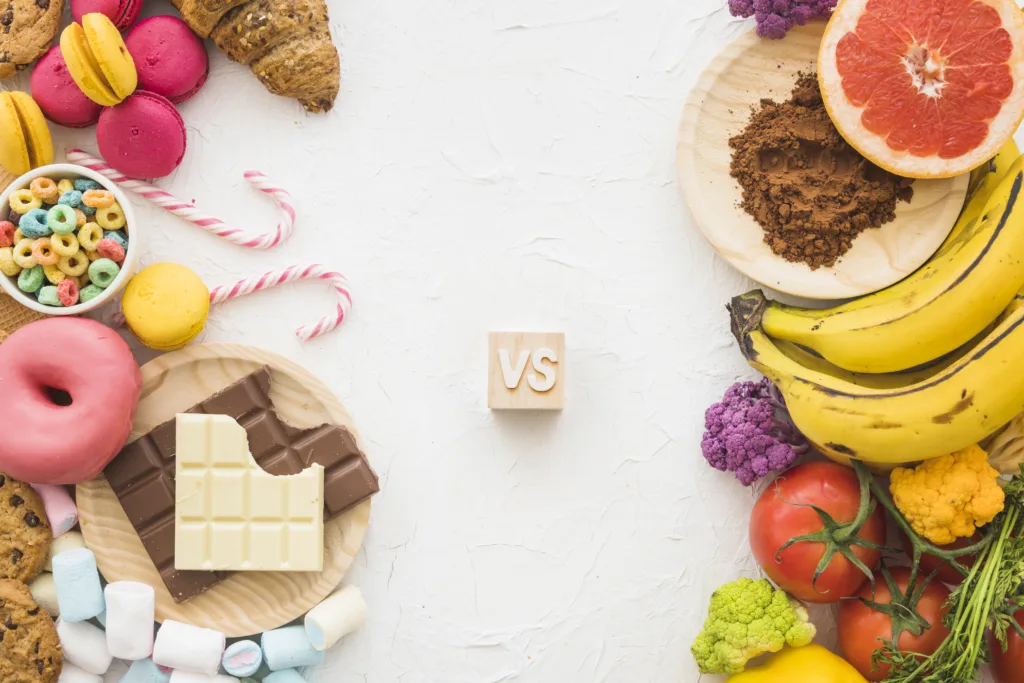Dandruff vs Dry Scalp explain as, Strong, glossy hair starts with a healthy scalp. But dandruff and dry scalp are two often occurring scalp conditions. It’s crucial to comprehend their distinct causes and the most effective strategies to properly handle them, despite the fact that they may appear similar. This in-depth book will explore the complexities of dandruff and dry scalp, offering insights into their causes, signs, and effective treatments. By the end, you’ll have the information you need to distinguish between these problems and choose wisely how to keep your scalp healthy and itchy. Read on to learn the secrets to a healthier scalp and more attractive hair, whether you’ve been battling flakes or experiencing chronic dryness.

Table of Contents

Dandruff vs Dry Scalp: Causes, Symptoms, and Treatment
Dandruff can be a tough condition to cope with because of those bothersome white flakes that appear on your clothing and scalp. It frequently results from an overabundance of the yeast Malassezia on the scalp, which accelerates skin cell shedding. The noticeable flakes that are the defining feature of dandruff are produced by this fast shedding.
Common Symptoms:
White or yellowish flakes on the scalp and hair, as well as an itchy scalp that occasionally turns red and inflamed, are common symptoms. Dandruff vs Dry Scalp
Effective Treatment:
Use Anti-Dandruff Shampoos: Look for shampoos containing active substances such as zinc pyrithione, ketoconazole or selenium sulfide. These ingredients, which help with controlling yeast growth, are aimed at the root cause of dandruff.
Gentle Scalp Massage: While shampooing, give your scalp a regular massage. This promotes a healthy scalp environment by assisting in the loosening and removal of the flakes.
Avoid Hot Water: Your scalp’s natural oils may be stripped away by hot water, making the issue worse. Choose lukewarm water to wash your hair in.
Choose Mild Shampoos: Strong shampoos have the potential to exacerbate the issue of the scalp becoming dry. Select gentle, sulfate-free shampoos to stop further irritating your skin.
Maintain Consistency: The key is regular hair washing and scalp maintenance. Create a program that works for your type of scalp and follow it religiously.
Keep in mind that it could take some time for your treatment to show benefits, so be patient. Think about seeing a dermatologist for more expert treatment if your dandruff persists or gets worse.
Dry Scalp: Causes, Symptoms, and Treatment
A dry scalp can be just as problematic, frequently resulting in irritation and harming the general health of your hair. Dry scalp develops when your skin lacks enough moisture, as opposed to dandruff, which involves excessive oiliness and results in tiny, frequently irritating flakes.
Common Symptoms:
Small, dry flakes that are similar to dandruff but are often less greasy and smaller in size.
Irritation and scratchiness on the scalp.
Skin on the scalp feels tight and dry.
Effective Treatment:
Hydration from Within: Make sure you’re getting enough water each day to properly hydrate your body and scalp.
Moisturizing Shampoos and Conditioners: Choose mild, hydrating hair products to restore lost moisture and keep your scalp healthy.
Natural Oils: When massaging natural oils into your scalp, think about using coconut oil, jojoba oil, or argan oil. These oils offer hydration and irritation alleviation.
Regular Conditioning: After washing, use a conditioner to seal in moisture and prevent your scalp from drying out.
Humidifier Usage: A humidifier can give moisture to the air and keep your scalp from drying out if you live in a dry region or during the colder months when indoor heating is frequent.
Limit Heat Styling: Your scalp and hair may become even more dried out by overusing heat styling. Use heat styling equipment sparingly and use heat-free hairstyles wherever possible.
Balanced Diet: The health of the scalp can be influenced by a diet high in vitamins, minerals, and vital fatty acids. Include foods like leafy greens, seafood, almonds, and seeds in your meals.
Avoid Over washing: While keeping yourself clean is crucial, over-washing can dry out your hair and remove its natural oils. Find the right proportion for your scalp type.
Distinguishing Between Dandruff vs Dry Scalp
The presence of flakes and itching may make dandruff and a dry scalp appear identical at first look. However, they have different underlying causes, and treating them properly requires that you understand the differences.
1. Flake Appearance:
- Dandruff: The bigger, frequently yellow or white, and occasionally oily flakes of dandruff are a result of excessive sebum production.
- Dry Scalp: Smaller, powdered, and often less greasy looking are dry scalp flakes. They resemble dandruff in appearance, however they are usually lighter in color.
2. Itching and Irritation:
- Dandruff: Dandruff frequently causes intense itching, and the yeast buildup can make the scalp red and swollen.
- Dry Scalp: Although itching is also prevalent with dry scalp, it is typically less intense than it is with dandruff. The scalp could feel tight and dry.
3. Scalp Oiliness:
- Dandruff: Due to excessive sebum production, which supports the yeast that causes flakes, dandruff is frequently linked to an oily scalp.
- Dry Scalp: Contrary to popular belief, oily hair can coexist with a dry scalp. Rather than the hair strands, the dryness affects the skin.
4. Other Body Areas:
- Dandruff: The scalp and hair are where dandruff is most commonly found.
- Dry Scalp: In addition to the scalp, other body areas may also be affected by dry skin.
- Dandruff vs Dry Scalp
Credits: Image by Freepik
Image by Freepik




